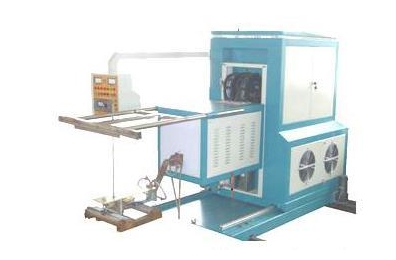- 15
- Feb
Several issues that need attention in high-frequency quenching of bearing steel?
Several issues that need attention in high-frequency quenching of bearing steel?
1. Annealing hardness: the hardness and structure of the annealed parts should be inspected before heat treatment. GCr15: 179-207HB (88-94HRB), others are 179-217HB (88-97HRB). If the hardness is unqualified (too high, too low or uneven), the reasons must be carefully analyzed, which may affect the quenching (such as insufficient hardness, decarburization, overheating, large oval, etc.).
2. Quenching and tempering hardness: when the wall thickness is not greater than 12mm, after quenching, ≥63HRC, after tempering, 60-65HRC; may meet customer’s special hardness requirements, such as 61-64HRC, etc., but the hardness tolerance range after tempering The size should be less than 3HRC; during normal quenching, the hardness value mainly depends on the tempering temperature.
3. Hardness uniformity: The standard stipulates that the hardness uniformity of the same part is generally 1HRC; when the outer diameter is larger than 200mm, it is 2HRC when it is not larger than 400mm; when it is larger than 400mm, it is 3HRC.
Performance of unqualified hardness:
(1) High hardness: high quenching temperature or long heating time, too fast cooling rate, high carbon potential (carburization).
(2) Low hardness: low quenching temperature or short heating time, slow cooling rate, low carbon potential (with decarburization), and material decarburization.
(3) Uneven hardness: low quenching temperature or short heating time, slow cooling rate, material decarburization, and stick shadows.

